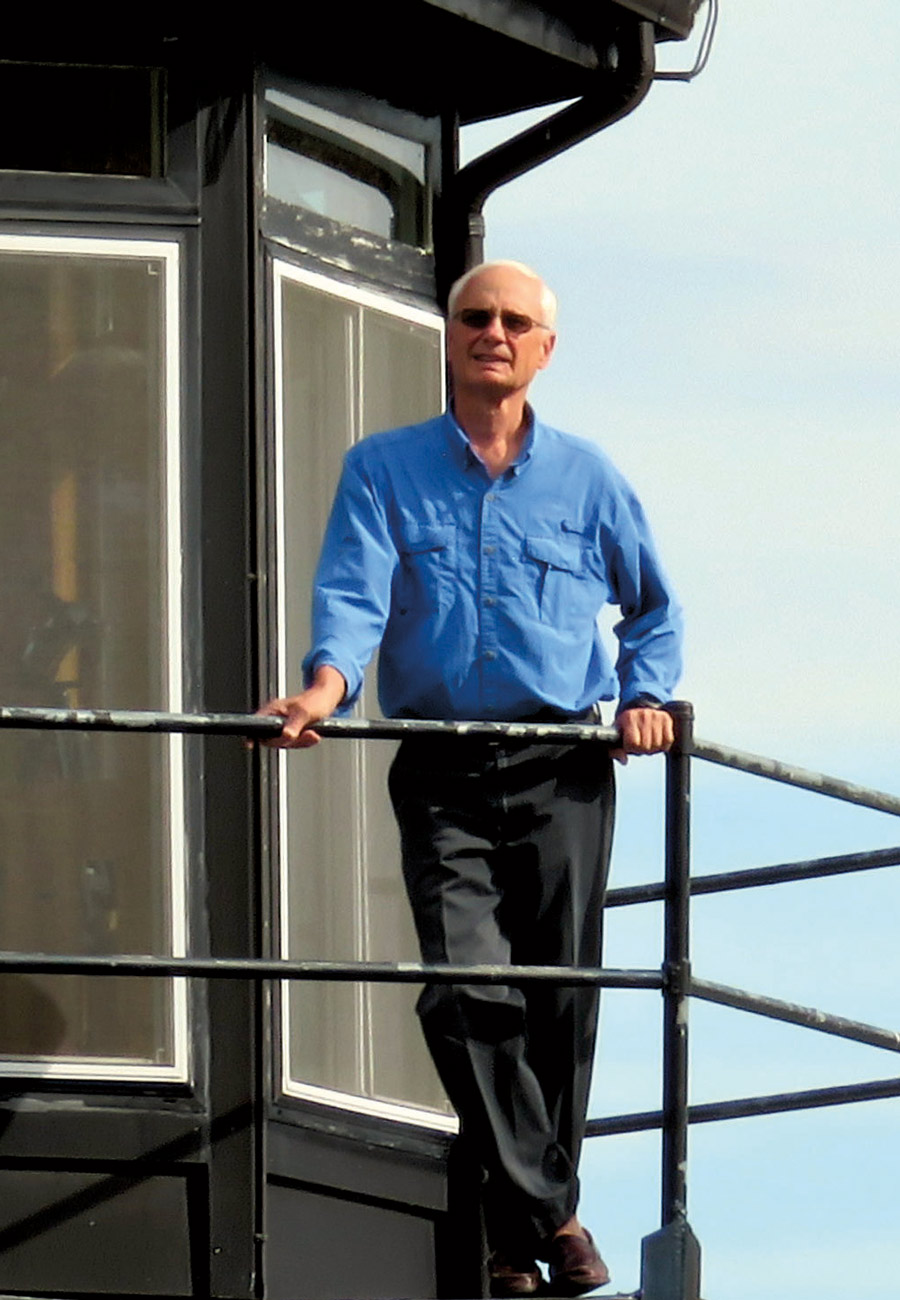
A Hand-built Tennessee Lighthouse
 As a child in Haiti, JEFF MAREK ’73 dreamed of one day living in a lighthouse. When the mechanical engineering major began drawing up plans for a lakeside home with his wife, Cindy, in Kingsport, Tenn., he left space for a future full-size lighthouse addition attached to one side.
As a child in Haiti, JEFF MAREK ’73 dreamed of one day living in a lighthouse. When the mechanical engineering major began drawing up plans for a lakeside home with his wife, Cindy, in Kingsport, Tenn., he left space for a future full-size lighthouse addition attached to one side.

A Hand-built Tennessee Lighthouse
 As a child in Haiti, JEFF MAREK ’73 dreamed of one day living in a lighthouse. When the mechanical engineering major began drawing up plans for a lakeside home with his wife, Cindy, in Kingsport, Tenn., he left space for a future full-size lighthouse addition attached to one side.
As a child in Haiti, JEFF MAREK ’73 dreamed of one day living in a lighthouse. When the mechanical engineering major began drawing up plans for a lakeside home with his wife, Cindy, in Kingsport, Tenn., he left space for a future full-size lighthouse addition attached to one side.I determined it would be six stories high, octagonal in shape and made of wood. The first floor would hold the laundry room and greenhouse porch, the second floor the dining room and plant room, the third an adventure room with artifacts from my travels to 118 countries, the fourth an antique bathroom, the fifth an observation room and bedroom, and the sixth the lantern room.
I had to get a city permit and approval from my neighbors. To grease the skids, my wife and I had a Christmas party and invited all the neighbors. Many asked why I wanted to build a lighthouse, and my sarcastic reply was I didn’t want any bass fisherman running aground.
I broke ground in February 2000. By the time the fourth story was raised, neighbors, boaters and drivers from all over would stop and gawk. Only the immediate neighbors had a clue as to what was being built.
By this time, working on the lighthouse was taking an average of 32 hours a week. After my day job with Eastman Chemical Co., I would work evenings, weekends and holidays on the lighthouse. I never put a nail completely through my hand but did experience major carpal tunnel, sunburn, dehydration and a knee sprain.
Two years and two months after breaking ground, my work was done. On May 25, 2002, the 68-foot, 2-inch Baie de Caracol Lighthouse, named after the bay in Haiti I could see from my house growing up, was officially complete. In the years since, no bass boats have run aground.”
— As told to Bryan Wendell